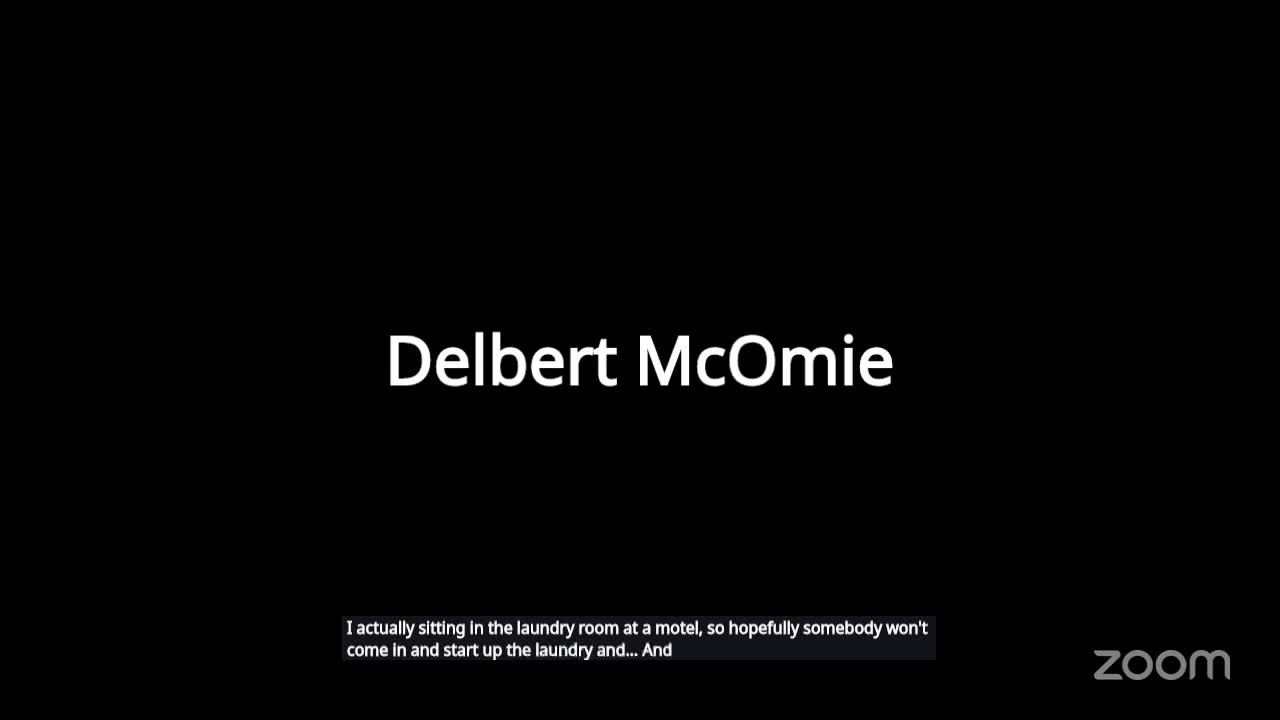
This article was created by AI using a video recording of the meeting. It summarizes the key points discussed, but for full details and context, please refer to the video of the full meeting. Link to Full Meeting
During the meeting, officials discussed the evolution of their asset management approach, transitioning from a one-time assessment to a dynamic model that provides ongoing insights. The most recent data assessment, conducted two years ago, involved a comprehensive review of K-12 schools and ancillary buildings. This assessment resulted in the integration of approximately 55,000 photos and detailed tagging of various equipment into the Asset Information Management (AIM) database.
The system not only captures the current state of facilities but also projects their condition over the next 20 years. This forward-looking perspective allows for better planning and resource allocation, ensuring that schools remain safe and functional for students and staff.
In addition to the asset management discussion, the committee addressed other topics related to water management and infrastructure, although specific outcomes from those discussions were not detailed in the transcript. The focus on asset management underscores the state's commitment to maintaining and improving educational facilities, which is crucial for the community's future. As the state continues to refine its asset management strategies, stakeholders can expect enhanced oversight and improved conditions in Wyoming's schools.
Converted from Select Water Committee, August 7, 2025 - PM meeting on August 07, 2025
Link to Full Meeting
Comments
View full meeting
This article is based on a recent meeting—watch the full video and explore the complete transcript for deeper insights into the discussion.
View full meeting